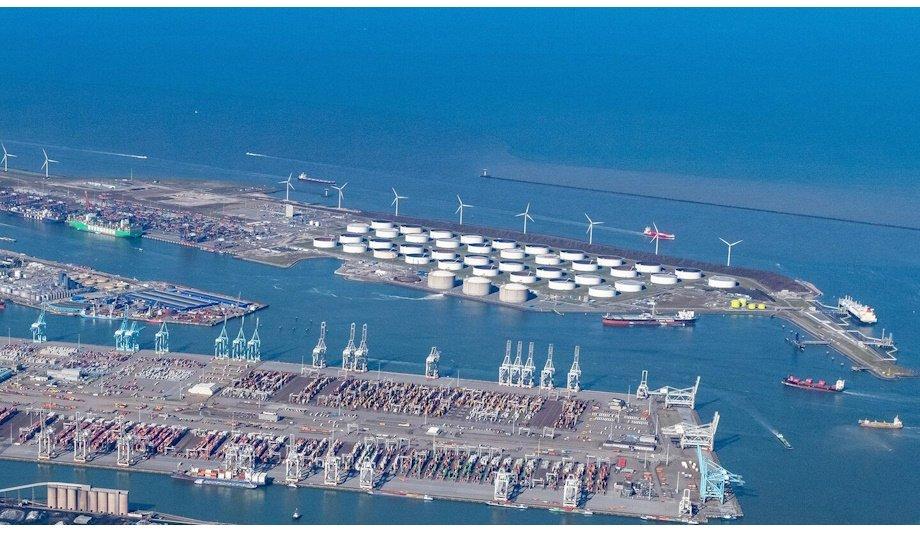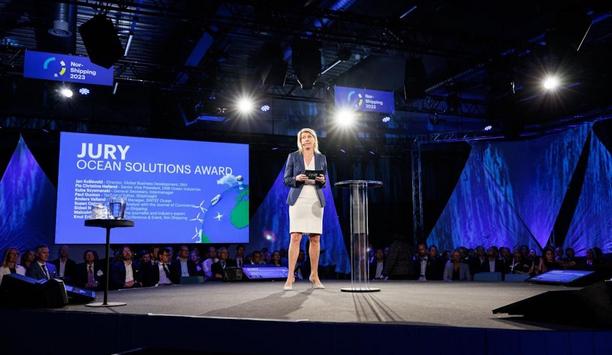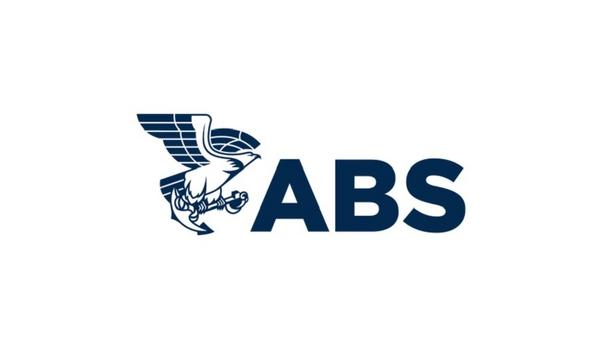Co2next, the open-access terminal project for temporary storage and handling of liquid CO2 in the Maasvlakte area in Rotterdam, is entering the FEED (Front-End Engineering Design) phase. Shell and TotalEnergies have joined this collaboration, which was fronted by Gasunie and Vopak up to this point.
The terminal will house liquid CO2, which is supplied by vessels and will be connected to empty North Sea gas fields through the future Aramis pipeline. As a result, the terminal will become part of the Rotterdam CSS chain for CO2 storage.
CO2next terminal
It is scheduled to be built on the location near the Gate Terminal, and the Maasvlakte Olie Terminal, with an initial annual storage capacity of approximately 5.4 million tonnes. That capacity may potentially expand to about 15 million tonnes per year, depending on market demand and the development of Aramis and other CSS chains.
Following the final investment decision, which – assuming that the relevant permits will be obtained – is scheduled for 2025, the CO2next terminal is expected to commence its commercial activities in 2028.










